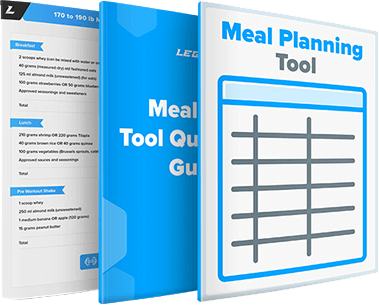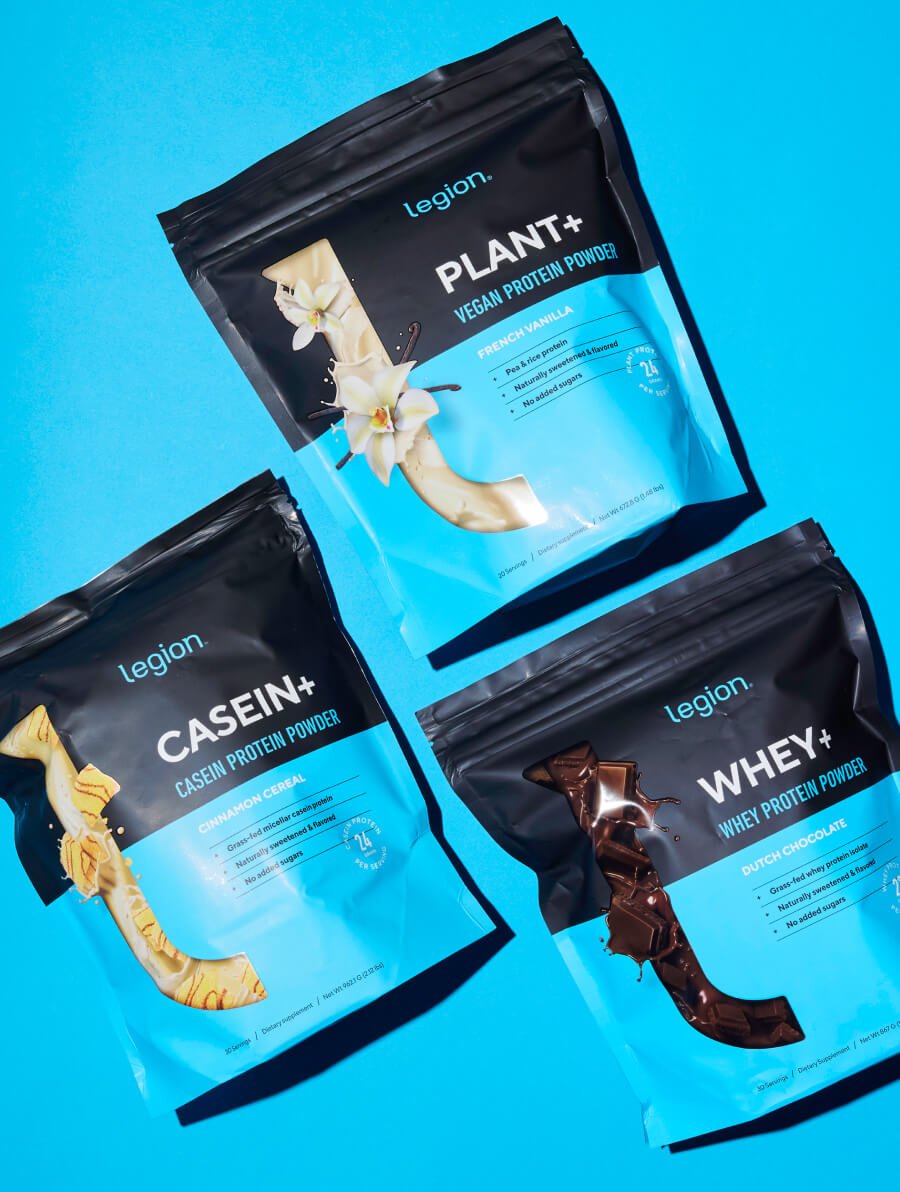
“Dry scooping” pre-workout became a viral trend after influencers started swallowing powder straight from the tub on social media—usually followed by coughing, grimacing, or both.
The idea is simple: take the powder without mixing it in water and get an even bigger energy rush.
The problem is, it doesn’t work that way.
Dry scooping doesn’t make pre-workout work faster or boost performance more—it just adds unnecessary risk, from choking and throat irritation to caffeine overload and heart issues.
In this article, you’ll learn what dry scooping actually is, why people do it, what the science says about its dangers, and the safest, most effective way to take pre-workout instead.
Key Takeaways
- “Dry scooping” means swallowing pre-workout powder without mixing it with water.
- It became popular on social media but doesn’t make pre-workout kick in faster or work better.
- Taking pre-workout dry increases the risk of choking, throat and stomach irritation, and caffeine overdose.
- If you’ve dry-scooped pre-workout and you’re coughing repeatedly, wheezing, short of breath, dizzy, experiencing chest pain, a racing or irregular heartbeat, or severe nausea or vomiting, seek medical attention immediately.
- It’s especially risky before cardio—irritating your throat or lungs can make it hard to breathe and derail your workout.
Table of Contents
+
What Is “Dry Scooping” Pre-Workout?
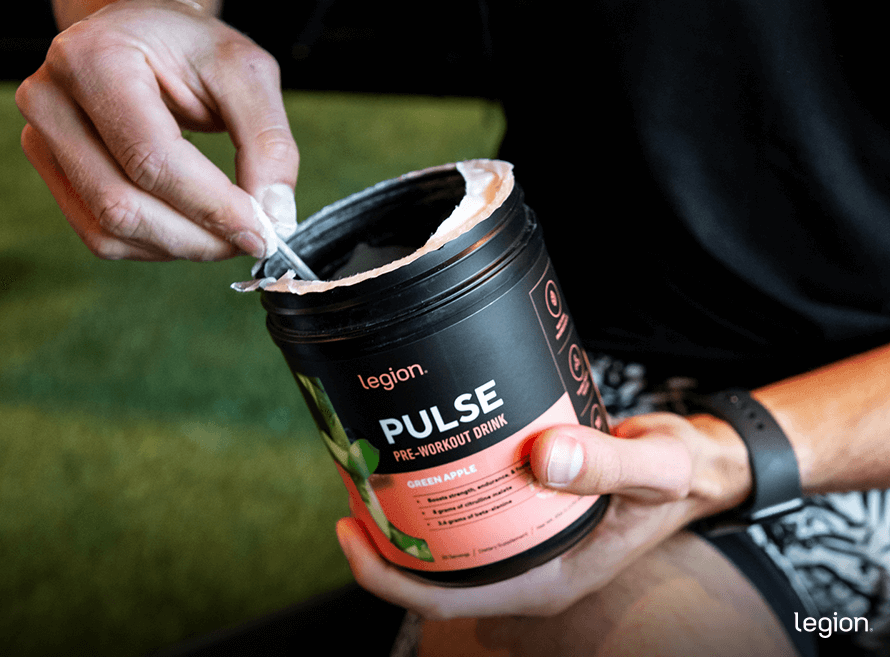
Dry scooping pre-workout is when you swallow pre-workout without mixing it with liquid first. In other words, you toss a scoop of pre-workout powder to the back of your throat then chase it with a swig of water.
Dry scooping pre-workout took off after fitness influencers started posting videos of themselves doing it on social media—usually with dramatic reactions that drew millions of views.
In one analysis of TikTok videos using the hashtag “#preworkout,” 31% showed dry scooping (~8.2 million likes), while only 8% showed label-directed use.
Why People Dry Scoop Pre-Workout
Typically, people say they dry scoop to:
- Take the fuss out of preparing pre-workout
- Avoid drinking too much liquid before training
- Dodge the taste of their supplement
- Make the pre-workout kick in faster
While the first three reasons may be fair, the fourth definitely isn’t—dry scooping doesn’t speed things up in any meaningful way since the pre-workout still ends up in your stomach, just like if you’d mixed it with water.
Why Dry Scooping Pre-Workout Is Dangerous
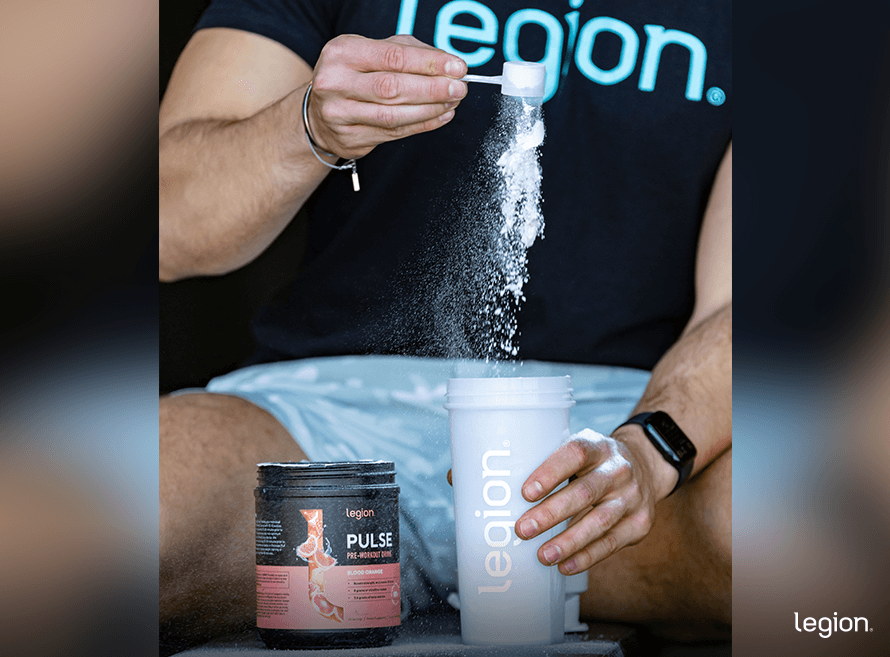
There are four major risks associated with dry-scoping pre-workout:
Choking and Aspiration Risks
Fine powders are easy to “aspirate” (inhale by accident). Aspirating pre-workout can trigger violent coughing, wheezing, and a burning sensation in your chest.
Even without aspiration, a dry clump can stick, scratch, or block the airway enough to make you panic or choke.
Digestive, Esophageal, and Oral Irritation
Taking pre-workout dry puts an undiluted, acidic powder directly on your mouth and throat. That can sting, scratch, and worsen acid reflux, and it’s more likely to cause nausea, cramping, or upset your stomach.
If the powder lingers in the esophagus, it can make swallowing painful and may lead to ulcerations.
Overconsumption
Dry scooping pre-workout is a more slap-dash way of taking your supplement, which makes dosing errors more likely than when you take it methodically.
For example, you might heap the scoop rather than level it, or if you’re mimicking an influencer, you’re probably more prone to mimicking their other unsafe habits—double-dosing, stacking with an energy drink, consuming it alongside extra coffee, and so on.
No matter how you get there, the result is the same: you increase the odds of overconsuming caffeine and other stimulants—which can cause heart-related problems like palpitations, skipped or extra beats, jitters, dizziness, and in worst-case scenarios, heart attacks.
Undisclosed Ingredients
Another reason dry scooping pre-workout can be risky is that your supplement may contain extra stimulants or sketchy ingredients that aren’t listed on the label.
In one study published in the journal Drug Testing and Analysis, scientists tested 200 sports supplements from popular online retailers and found that 35% contained at least one banned substance, and nearly 60% of those didn’t list it on the label.
Some even contained prescription-only or illegal stimulants similar to amphetamines.
There’s no direct evidence that taking these compounds dry is worse than mixing them, but adding water helps dilute what you’re consuming and can slow absorption, which may blunt their side effects somewhat.
What to Do If You Dry Scooped and Feel Unwell
If you’re coughing repeatedly, wheezing, short of breath, dizzy, experiencing chest pain, have a racing or irregular heartbeat, or severe nausea or vomiting, seek medical attention immediately.
If your symptoms are milder (throat irritation or brief cough), stop training, sip water slowly, and wait until you feel better before continuing (even if that means waiting until the next day).
When in doubt, err on the side of caution and get checked.
Dry Scooping vs. Mixing With Water: Which Is More Effective?
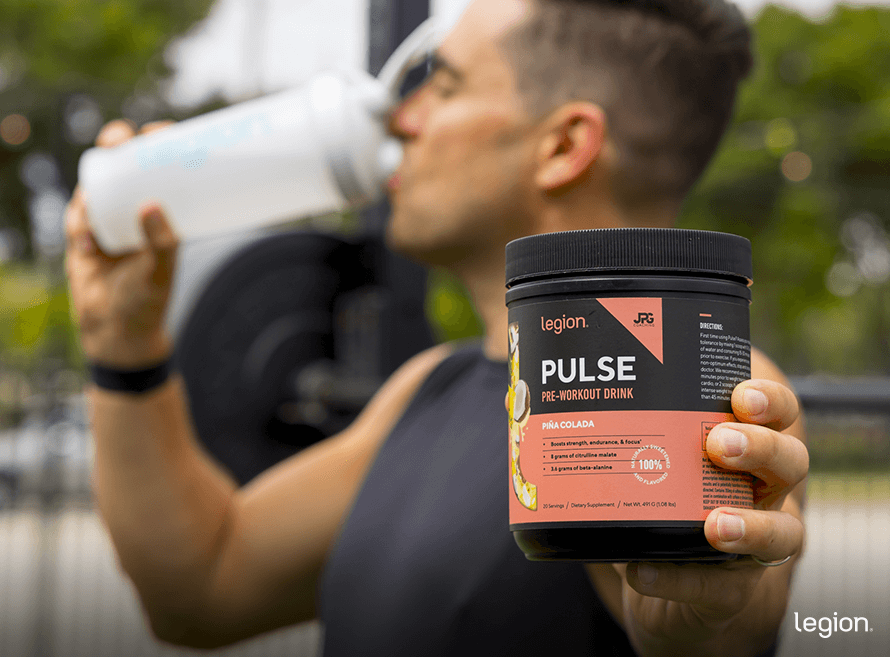
Dry scooping doesn’t make pre-workout work any better—it just skips the part where you mix it with water. The ingredients don’t absorb faster or hit harder in a way that improves performance—they still end up in your stomach and enter your bloodstream the same way.
The only thing you “gain” is a few seconds of time, and that trade-off isn’t worth it. Taking pre-workout dry increases the risk of choking, irritation, and overdosing on stimulants, while mixing it with water dilutes the ingredients, reduces irritation, and makes dosing more consistent.
How to Take Pre-Workout Properly (Mixing, Timing, Dosing)
Pre-workout is intentionally simple to use because simple is safest and most effective.
How Much Water to Mix With
Always check the supplement’s label, but typically you mix pre-workout with 8–12 ounces of water. This is enough to allow the powder to fully dissolve.
When to Take It Before Training
Most people do best 30–60 minutes before their first working set. That gives the ingredients time to reach effective levels as you start the session.
Start Low and Assess Tolerance
If you’re new to pre-workout or switching products, start with half a dose to gauge how you respond. If you tolerate it well, increase it to a full dose the next time you take it.
How Much Caffeine Is in a Scoop, and How Much Is Too Much?
Most pre-workouts contain between 150 and 300 milligrams of caffeine per scoop, though some include even more. How much is “too much” depends on your body weight, tolerance, and what else you’ve had that day.
Research shows that caffeine intake shouldn’t exceed about 6 mg per kilogram of body weight per day. To put that number in perspective, it’s about 350 mg for a 130-pound woman (~3½ cups of coffee) and 500 mg (~5 cups) for a 180-pound man. Go much higher, and the odds of side effects rise sharply.
You also don’t get extra performance benefits from piling on more. So if the label says one scoop, stick with it—especially if you’re training late or stacking with other caffeine sources.
Dry Scooping Before a Run vs. Lifting

Some people dry scoop before running so they don’t have water sloshing around in their stomach. It makes sense in theory, but it’s still a bad idea.
Taking pre-workout without liquid can irritate your mouth and throat, leaving them dry, scratchy, or slightly inflamed. Once you start running and your breathing rate increases, that irritation can get worse—making you cough, wheeze, or feel a burning sensation when you try to breathe deeply.
That’s a quick way to ruin your rhythm and cut your workout short.
It’s no safer before lifting, either. You might not be bouncing as much, but you’re still likely to breathe hard after heavy squats or deadlifts, and a raw or irritated throat won’t help. Having a bit of water in your stomach is a minor inconvenience compared to choking down dry powder.
If you don’t like drinking much before training, just take your pre-workout a little earlier (about 60–75 minutes before exercise) or mix it with minimal water—around 8 ounces usually works fine.
The Bottom Line on Dry Scooping Pre-Workout
Dry scooping might look “hardcore,” but it’s really just unnecessary risk for no reward. It doesn’t make pre-workout work faster or hit harder, and it doesn’t improve performance—it only raises the odds of things going wrong.
When you skip the water, you increase your chances of choking, irritating your throat or stomach, and misdosing caffeine and other stimulants. None of that helps you train better—it just makes a simple supplement needlessly dangerous.
The smarter move is to mix your scoop with water, measure it properly, and take it as directed. You’ll get the same energy, focus, and boost in performance—without coughing, choking, or risking a trip to urgent care.
FAQ #1: What’s the most effective way to take pre-workout?
The best way to take pre-workout is to follow the directions on the label. For most products, that means mixing 1–2 scoops with 8–12 ounces of water and drinking it 30–60 minutes before your workout starts.
If you’re new to pre-workout or switching to a stronger formula, start with half a dose to assess your tolerance before working up to a full serving.
FAQ #2: Is two scoops of pre-workout safe?
It depends on the formulation. For example, to get a clinically effective dose of caffeine (350 mg) from Legion’s pre-workout, Pulse, you need to take two scoops.
Other pre-workouts, however, may contain far more caffeine per scoop—sometimes 300 mg or more—so doubling up could easily push you into the side-effect zone, causing jitters, anxiety, stomach upset, or a racing heart.
And that’s why you should always take your pre-workout according to the directions on the label.
FAQ #3: What’s the best pre-workout?
If you want a 100% naturally flavored and sweetened pre-workout supplement containing clinically effective doses of 6 performance-boosting ingredients like caffeine, citrulline malate, and beta-alanine, try Legion’s pre-workout powder, Pulse.
Every batch of Pulse is also tested for purity and accuracy and independently certified by Labdoor™ to meet or exceed FDA and WADA safety guidelines. And you can see the results for yourself on Labdoor’s website.
FAQ #4: Can you snort pre-workout?
No—absolutely not. Pre-workout powders aren’t designed to be inhaled, and snorting them can seriously damage the tissues inside your nose, trigger severe irritation or bleeding, and send fine particles into your lungs where they don’t belong.
FAQ #5: What should I do if I accidentally dry scooped?
If you accidentally swallow or inhale some dry pre-workout and start to feel severe side effects like persistent coughing, chest pain, shortness of breath, or a racing or irregular heartbeat, seek medical attention right away.
If your symptoms are mild—like a scratchy throat, brief coughing, or mild stomach discomfort—just monitor how you feel. Sip water slowly, rest for a bit, and if the irritation fades, you’re fine. And if you don’t notice any symptoms at all, you likely didn’t take enough to cause a problem.
Want More Content Like This?
Check out these articles:
- How Long Does Pre-Workout Last? Science Explained
- Why Does Pre-Workout Make You Itch? Beta-Alanine Explained
- Does Pre-Workout Cause Acne? What Science Says
Scientific References +
- Lin, Allison, et al. “Dry Scooping and Other Dangerous Pre-Workout Consumption Methods: A Quantitative Analysis.” Pediatrics, vol. 149, no. 1 Meeting Abstracts February 2022, 23 Feb. 2022, pp. 204–204, publications.aap.org/pediatrics/article/149/1%20Meeting%20Abstracts%20February%202022/204/185966/Dry-Scooping-and-Other-Dangerous-Pre-workout?autologincheck=redirected. Accessed 16 Mar. 2023.
- Caratenuto, Russell, et al. “Social Media Trends, Dry Scooping, and Extensive Esophageal Ulcerations.” Journal of General Internal Medicine, 27 Sept. 2023, https://doi.org/10.1007/s11606-023-08432-9. Accessed 28 Nov. 2023.
- Pallangyo, Pedro, et al. “Acute Myocardial Infarction Following “Dry Scooping” of a Pre-Workout Supplement in a Healthy Young Man of African Origin: A Case Report.” SAGE Open Medical Case Reports, vol. 12, 1 Jan. 2024, https://doi.org/10.1177/2050313x241261157. Accessed 16 Nov. 2024.
- Barker, Louise, et al. “Sports Supplement Analysis Survey for the Prevalence of WADA Prohibited Substances in the Australian Online Marketplace.” Drug Testing and Analysis, 3 Apr. 2025, https://doi.org/10.1002/dta.3893.
- Guest, Nanci S., et al. “International Society of Sports Nutrition Position Stand: Caffeine and Exercise Performance.” Journal of the International Society of Sports Nutrition, vol. 18, no. 1, 2 Jan. 2021, jissn.biomedcentral.com/articles/10.1186/s12970-020-00383-4, https://doi.org/10.1186/s12970-020-00383-4.
